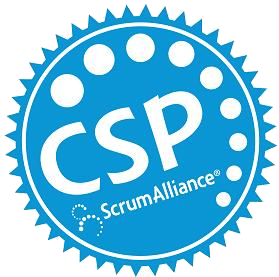
In the previous post we mentioned that Time to Feedback is measured by Lead Time. Little’s Law gives us insight into lead time that can help use manage time to feedback…aka shorten or length lead time. Little’s Law states that the average Lead Time(LT) is equal to the work in process(WIP) multiplied by the the average delivery rate or throughput. That’s simple enough.
For example if you got in line at Starbucks and with the line 10 people deep and the average throughput was 1 customer/minute, you could expect a 10 minute wait
- (10 customers) x (1 minute/customer) = 10 minutes
Say they opened a second register and doubled throughput to 30 seconds per customer
- (10 customers) x (0.5 minute/customer) = 5 minutes
Now that we know what influences Lead Time, WIP and throughput, we can manage those two areas to decrease lead times. We can do this by decreasing our WIP and/or increasing our throughput. The latter is often a convoluted and context specific answer best viewed through the lens of system delays. We’ll save system delays for another post. However decreasing our WIP throughout the lifecycle of software development is a more straightforward task. It also tends to cause less heartburn than tackling system delays. 🙂
Take a look at the “ready for” queues you have built up in your development system(ready for – analysis, development, test, ready to deploy, …etc), and see where you can reduce your queue sizes to decrease your overall WIP.
Now the wrap up. What are we striving for? A way to measure agility at the team level. We can do this by measuring Time to Feedback, better known as Lead Time. We do this so that we can learn faster, which brings certainty to the uncertain world of software development. Little’s Law shows us that to decrease Lead Time we need to reduce work in process(WIP) and/or increase throughput. Reducing WIP is a simpler, more straightforward approach than dissecting the variables of throughput.
So go crack the WIP and get your on Lead Time!









